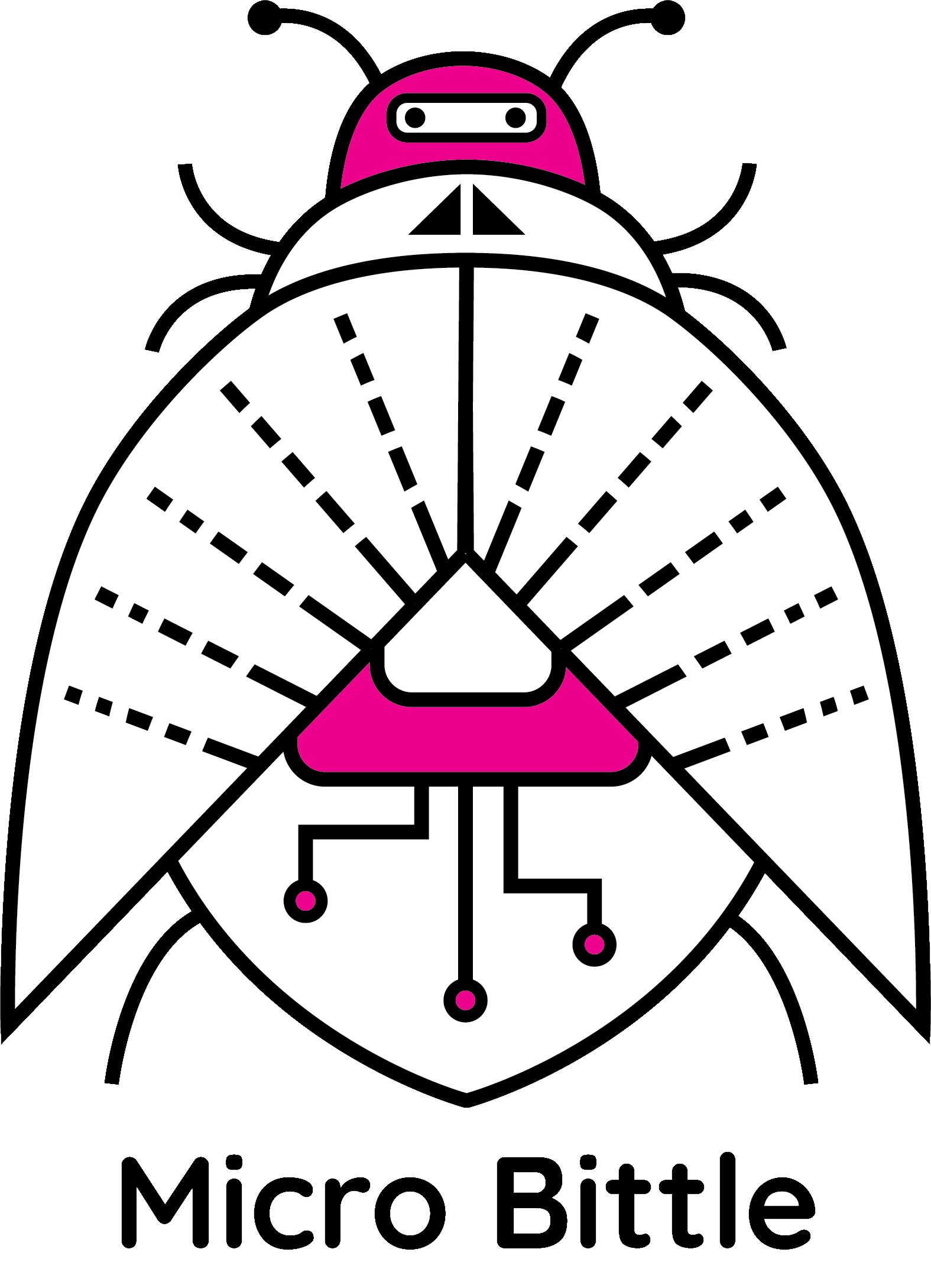As mentioned in our previous post, we started this week with our half presentation! We showed ETC faculty and other students how our project is going and what our next steps will be. Next week is off for fall break, so the rest of our 7th week was spent planning our individual tasks for the break and what we hope to accomplish when we come back.
1/2 Presentation
The following is the slideshow we used during our presentation:
Our presentation’s focus was explaining the design of the project, particularly in terms of how of input/output are incorporated into it, how students will use the micro:bit and sensors/controllers during the experience, who students are as a player character and what the game world is like, and how we tackled the “not one and done” request from our client.
We went through the 3 modes of the experience (Story, Play, and Creative), explaining Story Mode in detail and mostly using the slider/jackhammer as the example of how input and output are used.
Faculty and students brought up good questions at the end, asking for specifics about different aspects of the experience. The following questions were among these:
- Had we considered the potential problem of having whoever controls the player character movement be in control of most of the maze-solving? We have, but we believe more playtesting will define how big of an issue this will be in the experience.
- Does the slider activate the jackhammer as a switch (on or off)? Or does it make use of the slider’s purpose of reading a range of values? The slider is indeed used as input for a range of values, as students input the minimum and maximum values to be read within a number of seconds to make use of the jackhammer.
- Do students build their own mazes from scratch? If so, how would we tackle the potential problem of an unsolvable maze? Students don’t build their own maze layouts – we provide them with layouts to choose from, so we have full control of this aspect of the maze design process.
- Do students get to experience the full creativity of coding in the programming stage, or is it more like a test where they have to input the right answers? Students are “tested” in Story Mode and Play Mode, but are intention is to give them more creative freedom, even in terms of programming, in Creative Mode.
These questions showed us what might have not been clear enough from our presentation, and what our audience found most important and relevant about our project.
After Fall Break
We are currently in the process of scheduling a playtesting session at West Liberty University with Lou, to hopefully have students and teachers as playtesters. For this, our plan is to have a working prototype of Story Mode. The prototype would include:
- Mentor character introduction
- Backstory cutscene
- Character customization
- Wiring flow: diagrams to show students how to wire each sensor/controller, accompanying mentor character dialogue
- Wiring test: system to check if data is read from the 3 micro:bit pins, accompanying mentor character dialogue
- Programming flow: working programming interface and debugging system, accompanying mentor character dialogue
- Maze layout
- Maze gameplay: all obstacle interactions (positive and negative)
- Success screen: accompanying mentor character dialogue
The prototype would not include the mentor character feedback for the wiring and programming flows. As facilitators during playtesting, we can give feedback verbally and work on the feedback system and improve dialogue based on playtesting results.
